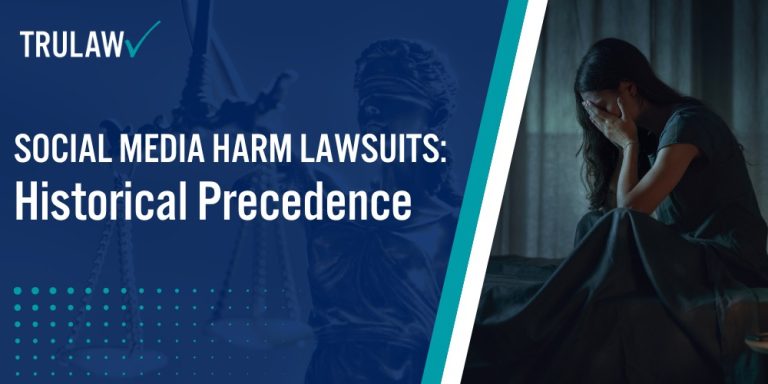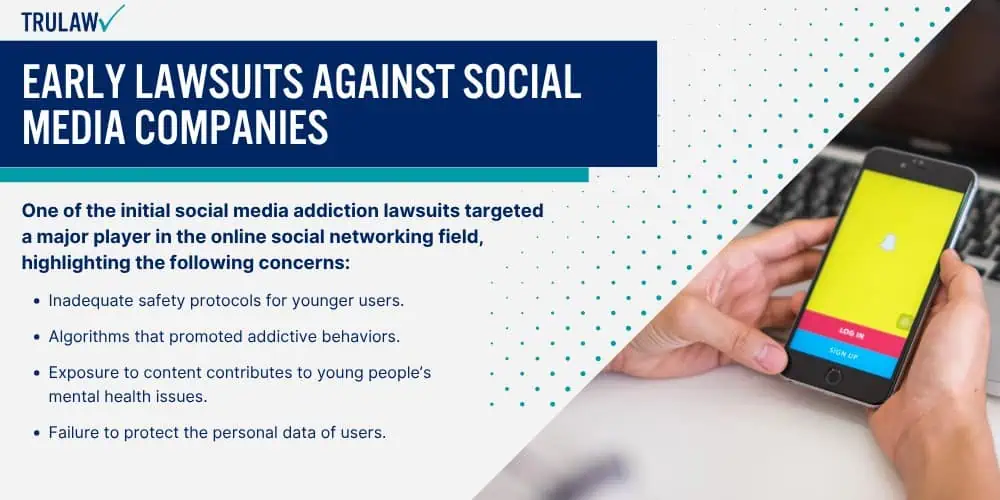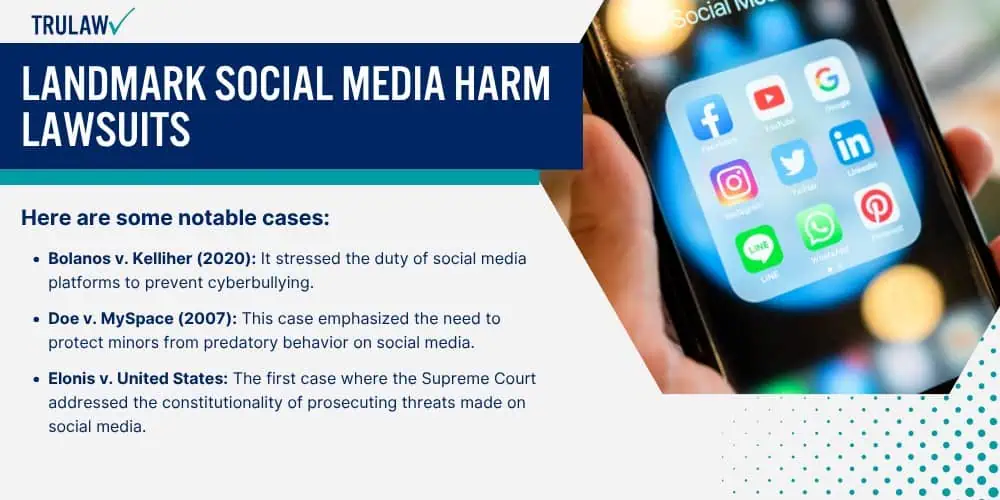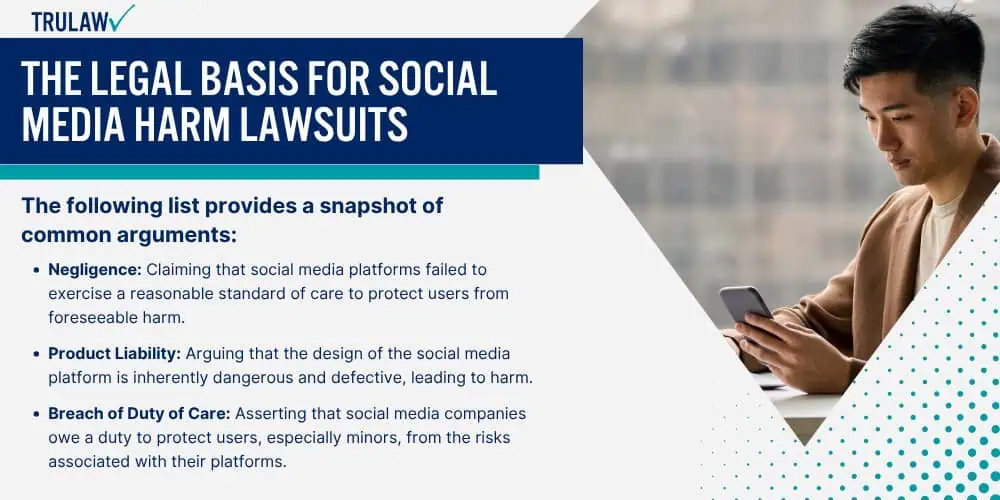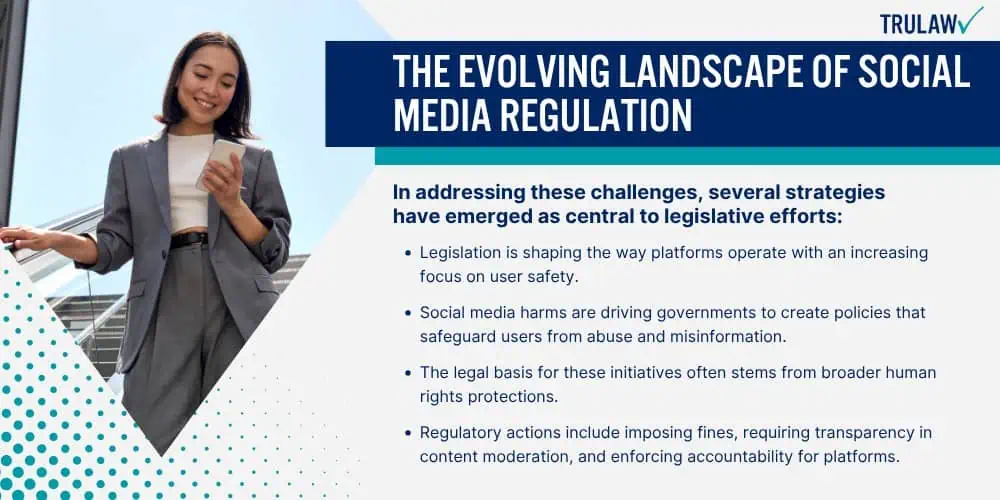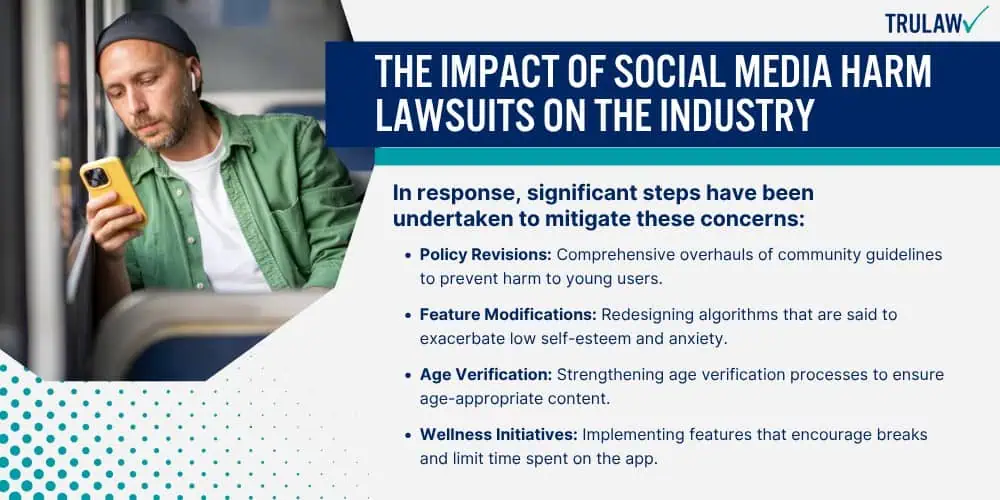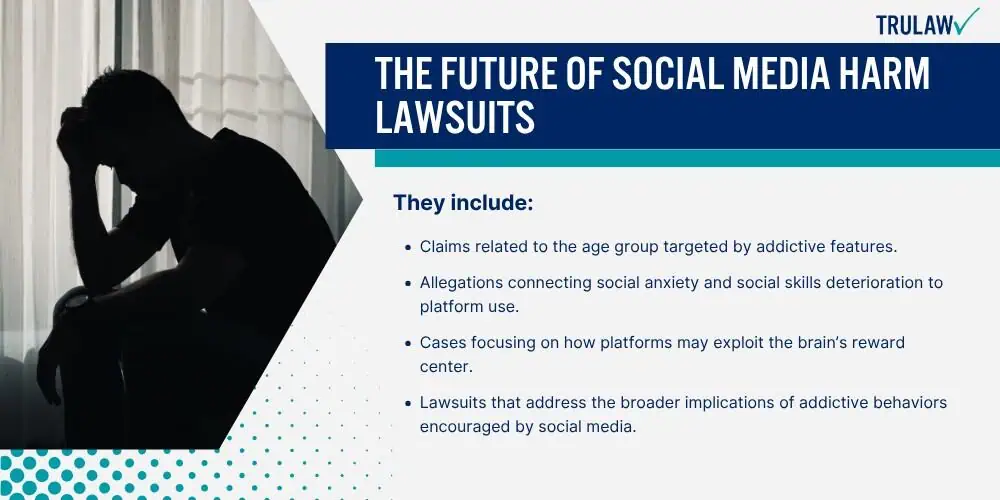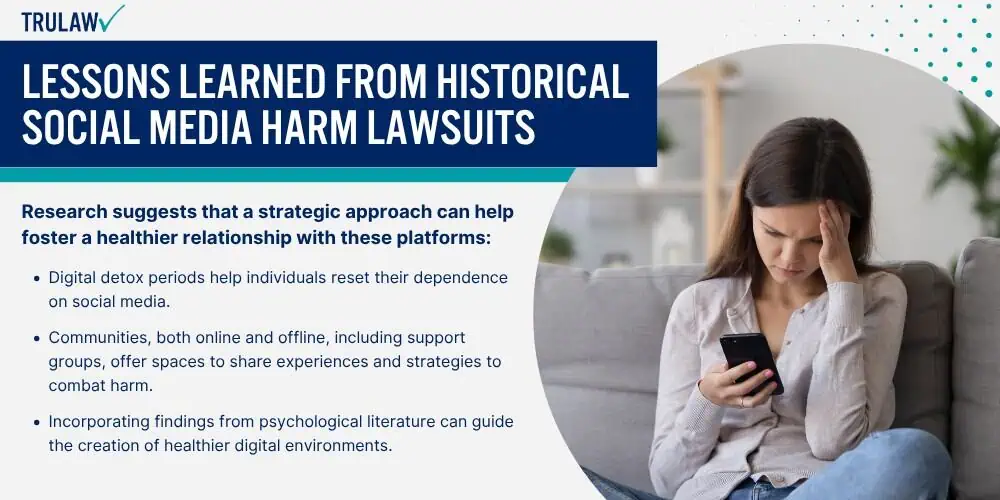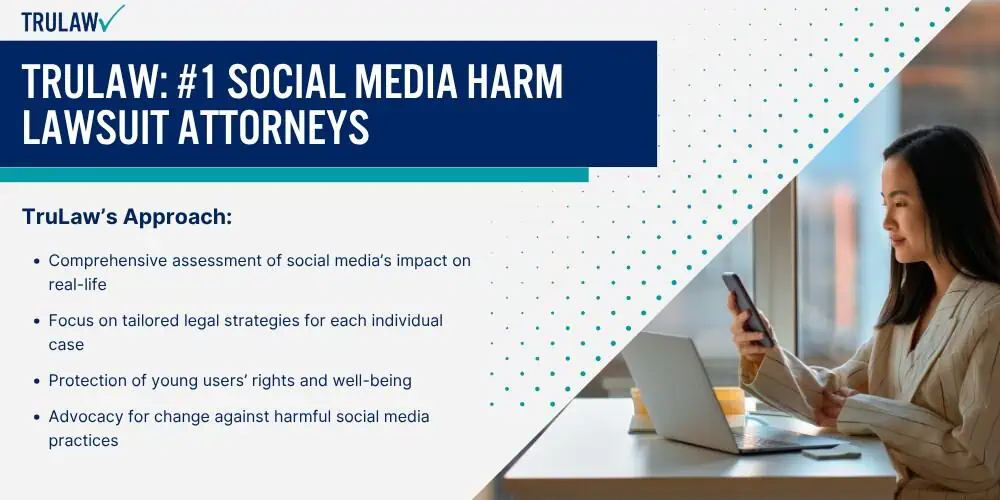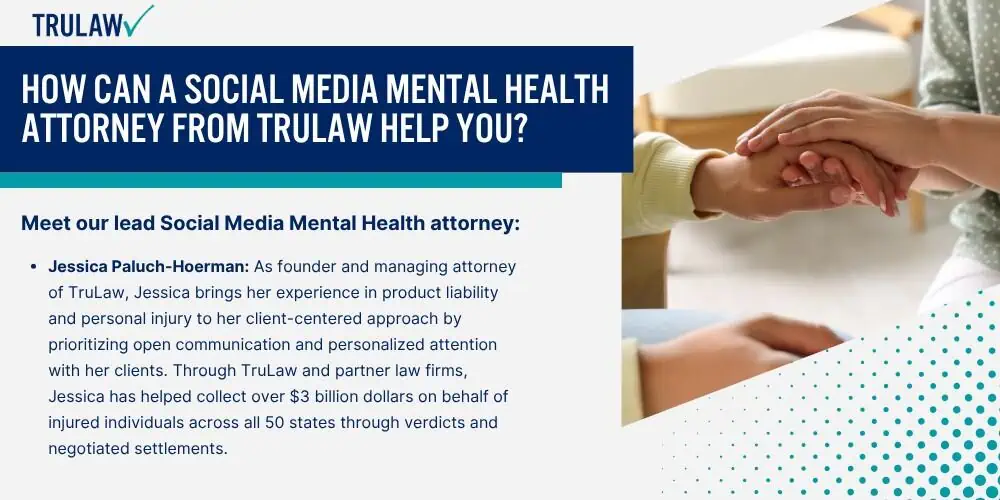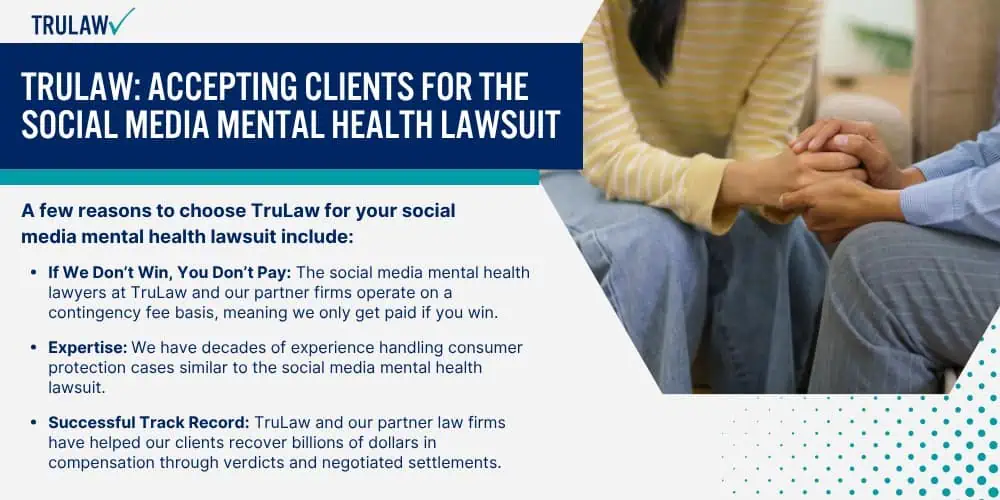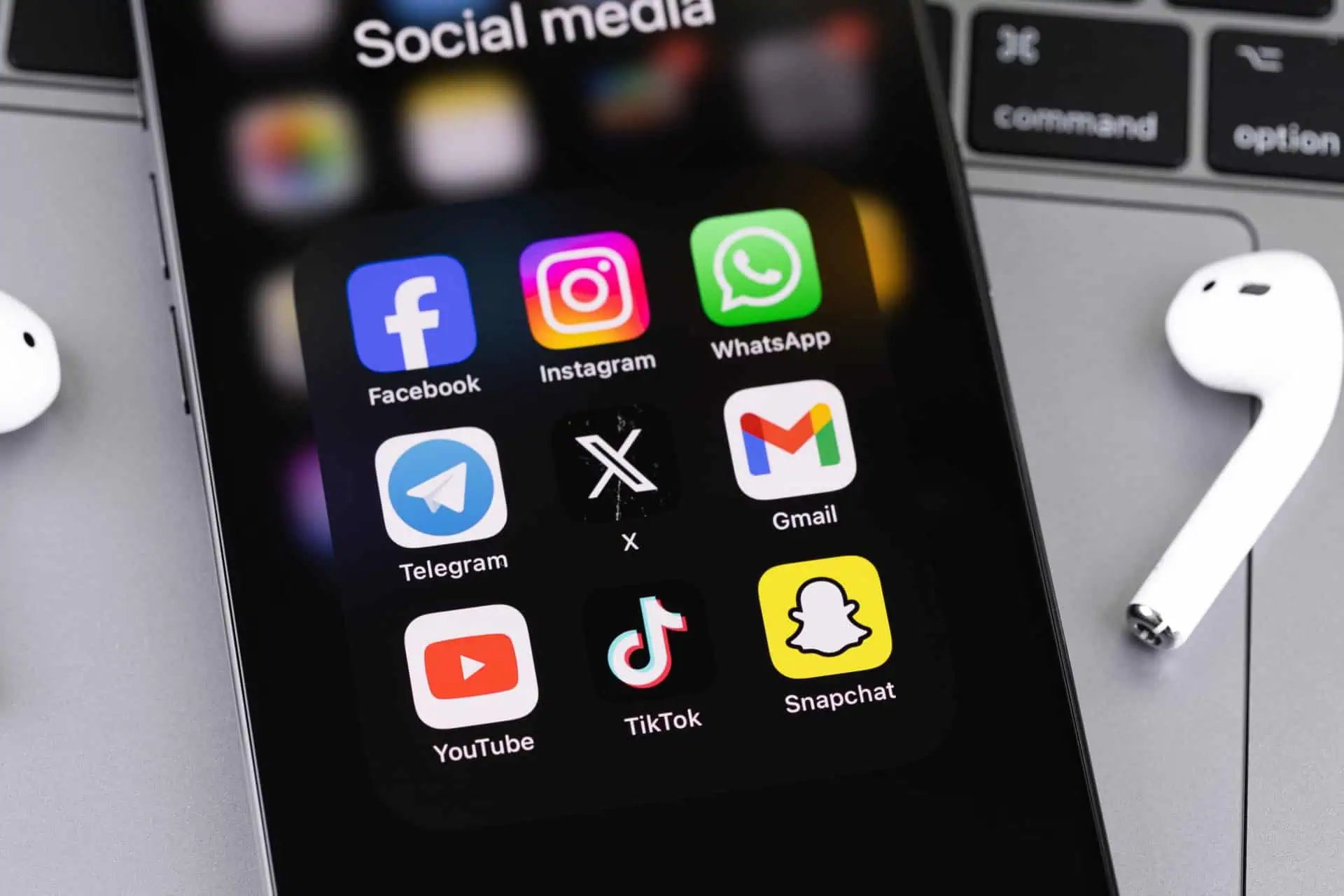Social media’s vast expansion has prompted an increase in social media lawsuits blaming platforms for adverse mental health outcomes.
This development marks a significant turn in how society contends with the repercussions of the digital age.
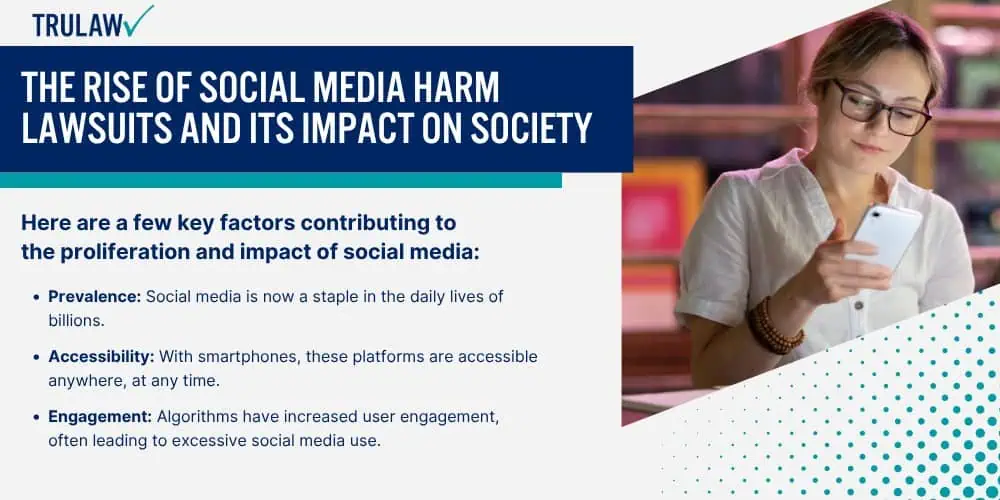
The Rapid Growth of Social Media Platforms
Since their conception, social media platforms have experienced explosive growth, transforming from niche online communities into global powerhouses.
The ubiquity of platforms like Facebook, Instagram, and TikTok is a testament to this meteoric rise.
Here are a few key factors contributing to the proliferation and impact of social media:
- Prevalence: Social media is now a staple in the daily lives of billions.
- Accessibility: With smartphones, these platforms are accessible anywhere, at any time.
- Engagement: Algorithms have increased user engagement, often leading to excessive social media use.
- Variety: New social media apps continually enter the market, fighting for user attention.
Social networking sites now hold a central place in modern communication, entertainment, and even commerce.
The Influence of Social Media on Mental Health and Well-being
The impact of popular social media platforms on mental health has garnered attention from both researchers and the general public.
The relation between social media use and mental well-being is complex, with studies highlighting both positive and negative effects.
Exploring this issue further, several key areas highlight the breadth and depth of social media’s influence on mental health:
- Serious Mental Health Issues: Frequent social media usage has been linked to depression, anxiety, and other mental health conditions.
- Youth at Risk: The younger demographic is particularly vulnerable to the effects of poor mental health stemming from digital interactions.
- Professional Concern: Mental health professionals are increasingly encountering clients with mental health problems related to social media use.
- Legal Scrutiny: Lawsuits are beginning to question whether social media platforms should be held accountable for their users’ physical and mental health.
These factors have set the stage for social media harm lawsuits to emerge as a new phenomenon, reflecting society’s growing concerns about the digital environment’s impact on individual well-being.
